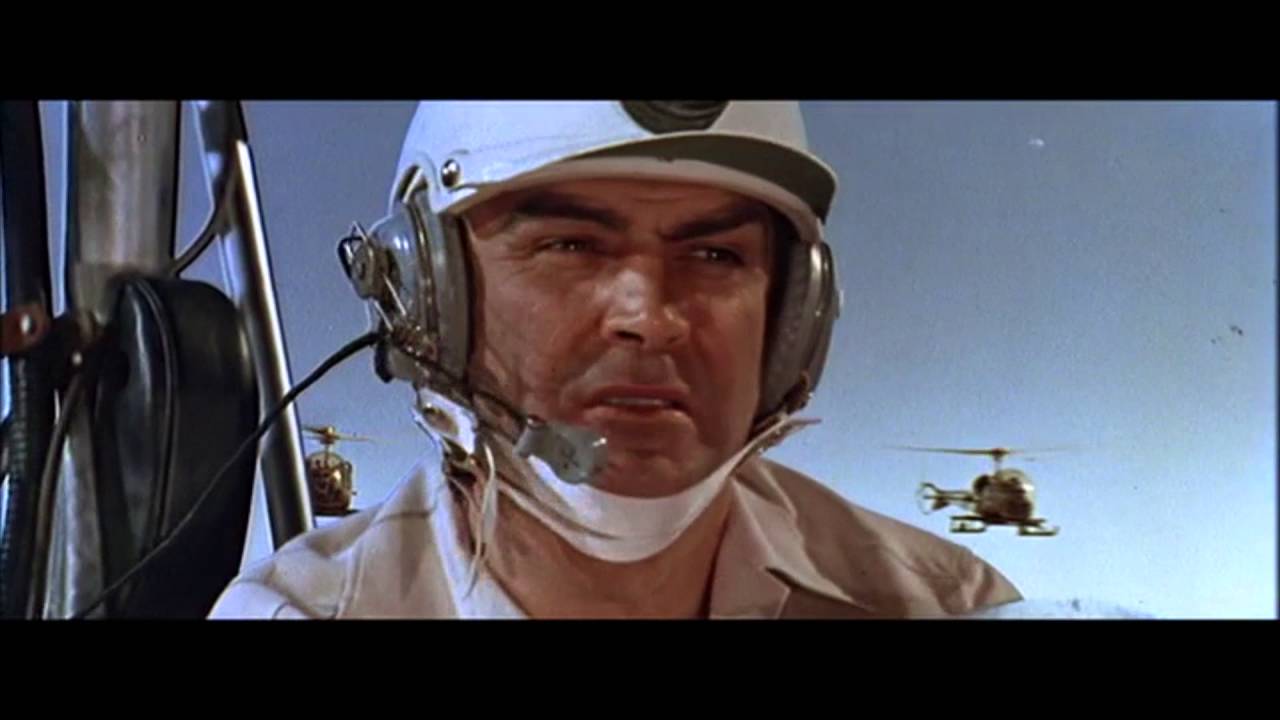I don't know Hafner's subsequent history in detail, but I'm doubtful that if the war had not intervened, Hafner's twisted-aerofoil fuselage producing counter-torque from rotor downwash would have been successful. The downwash velocity and mass-flow would be highly dependent on air temperature, engine speed, precipitation status and ground effect among other factors...and all of those require a rapid pilot capability to independently adjust counter-torque, which would not exist.
I would agree with this. Hafner was being
highly optimistic about this layout and I think stability would be horrendous even assuming it didn't corkscrew itself into the ground.
As far as I know helicopter development in Britain was suspended for the first two-thirds of the war. E.g. Weir stopped on their own accord because they thought their facilities would better serve the war effort doing something else. Hafner was interned and then sent to work at the AFEE.
Cierva won't be interned as an enemy alien but his efforts could well be hampered by lack of Government support 1939-43 due to the UK's limited industrial resources being concentrated on projects that were thought to be more important.
Beaverbrook explicitly stopped all work on rotary-wing in his 1940 memo dropping everything but the six key types. Those strands were never picked up again, as you say Hafner ended up at AFEE, doing interesting but questionable work (who the hell really wants a controlled-crashing Valentine!?!).
Weir gave up, but they hadn't seen much return for their efforts thus far. The Sikorsky R-4 changed everything, the FAA wanted them for ASW but couldn't get them quick enough before the U-Boat menace was curbed by other methods (Cats, Libs and Woolworth carriers).
Even if we postulate a restart on helicopters in 1941, its doubtful prototypes would be in the air much before 1943, given the test flying programme needed, its 44 or early 45 before something is operational. The lack of a decent engine is another drawback, the available radials were low powered and needed modifications to work horizontally (oh how Wolseley might have saved the day?). That was another serious bottleneck until the Alvis Leonides was in production after the war and even then it took until the turboshaft (Gnomes = more licenced US tech) until we really had something decent.
Germany seems to have done about the best she could given the priorities and need and what was on hand.

